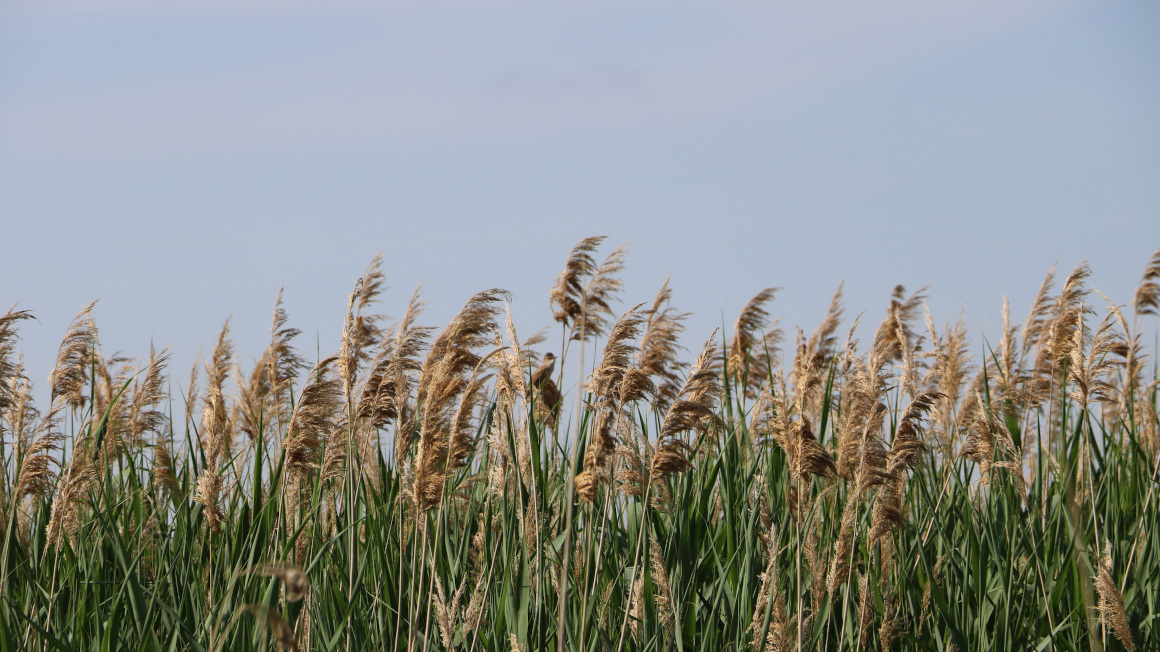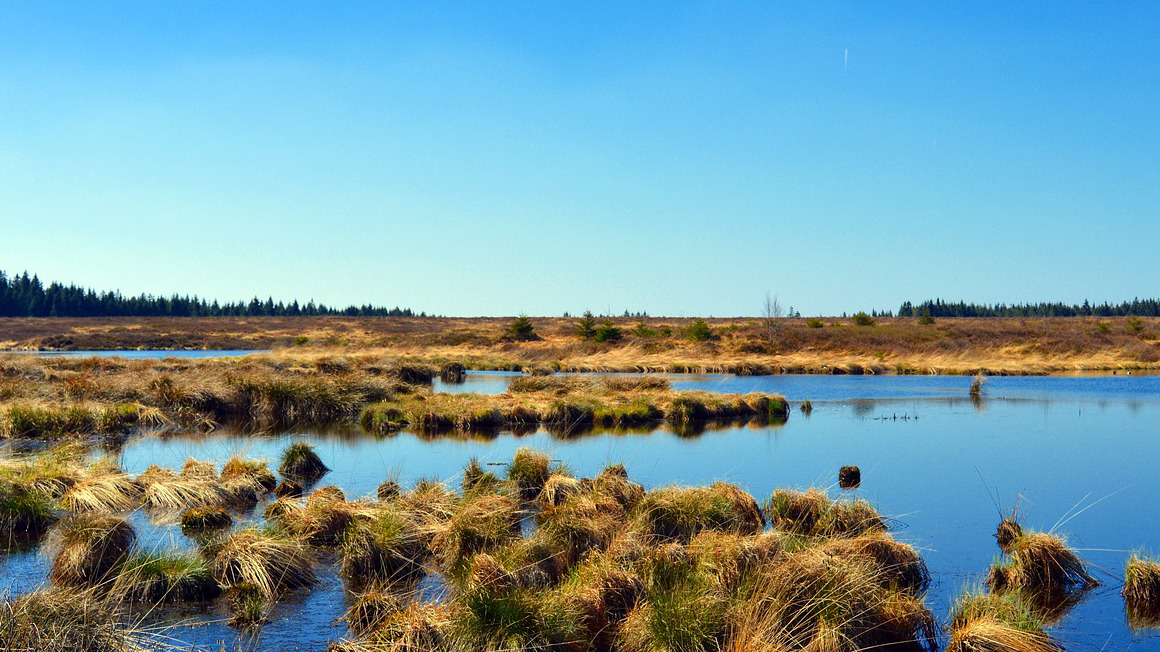How Europe's moors can be saved
According to a ZALF study, a mix of economic incentives and adapted land use models could drive the rewetting of peatlands in Europe and make the cultivation of paludiculture more attractive for farmers.

Although they only cover around 3% of the earth's surface, peatlands play a crucial role in climate protection, as they bind almost twice as much carbon as all of the world's forests combined. In Europe, 70% of valuable peatlands have already been drained and are mainly used for agriculture, releasing large amounts of CO2 emissions.
A study by the Leibniz Centre for Agricultural Landscape Research (ZALF) in Münchenberg, published in the journal Ecosystem Health and Sustainability, shows the progress made in rewetting peatland landscapes in Europe. To this end, experts in eight European countries were surveyed on the current and potential utilisation possibilities of rewetted peatlands and current trends. Workshops were then held in Germany, the Netherlands and Finland to find solutions for the future climate-neutral utilisation of drained peatlands.
Positive trend in peatland rewetting
The good news is that drained arable land is increasingly being converted into grassland and wetlands across Europe. According to the researchers, this positive trend is mainly due to the fact that more and more economic options are emerging for the utilisation of these rewetted areas. In addition to use as pastureland, this includes the cultivation of renewable raw materials such as reeds or peat moss, which can be used as a raw material for the production of sustainable building or insulation materials and for energy generation. In addition, rewetted peatlands promote biodiversity, offer recreational areas for the population and regulate the water supply of a region.
Politicians must set incentives
However, the ZALF study also shows that these diverse utilisation options have so far been ‘not very attractive’ from an economic point of view. In order to change this and drastically reduce CO₂ emissions in peatlands, broad public support and economic incentives are needed, it says. ‘It is important to create economic incentives for the sustainable conversion of drained peatlands. Without the support of agriculture and the public, such conversion will be difficult to achieve,’ says Cheng Chen, lead author of the study.
Outlook for the future of peatlands
According to the researchers, a mix of economic incentives and adapted land use models could support the transition to more sustainable practices such as paludiculture and thus reduce greenhouse gas emissions. ‘Products from paludiculture, for example, currently only account for a very small share of the market. The value chains need to be significantly expanded. This requires industry partnerships for the processing of raw materials and the expansion of the consumer environment to support the introduction and utilisation of the new material,’ adds Cheng Chen.
am/bb


